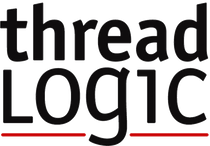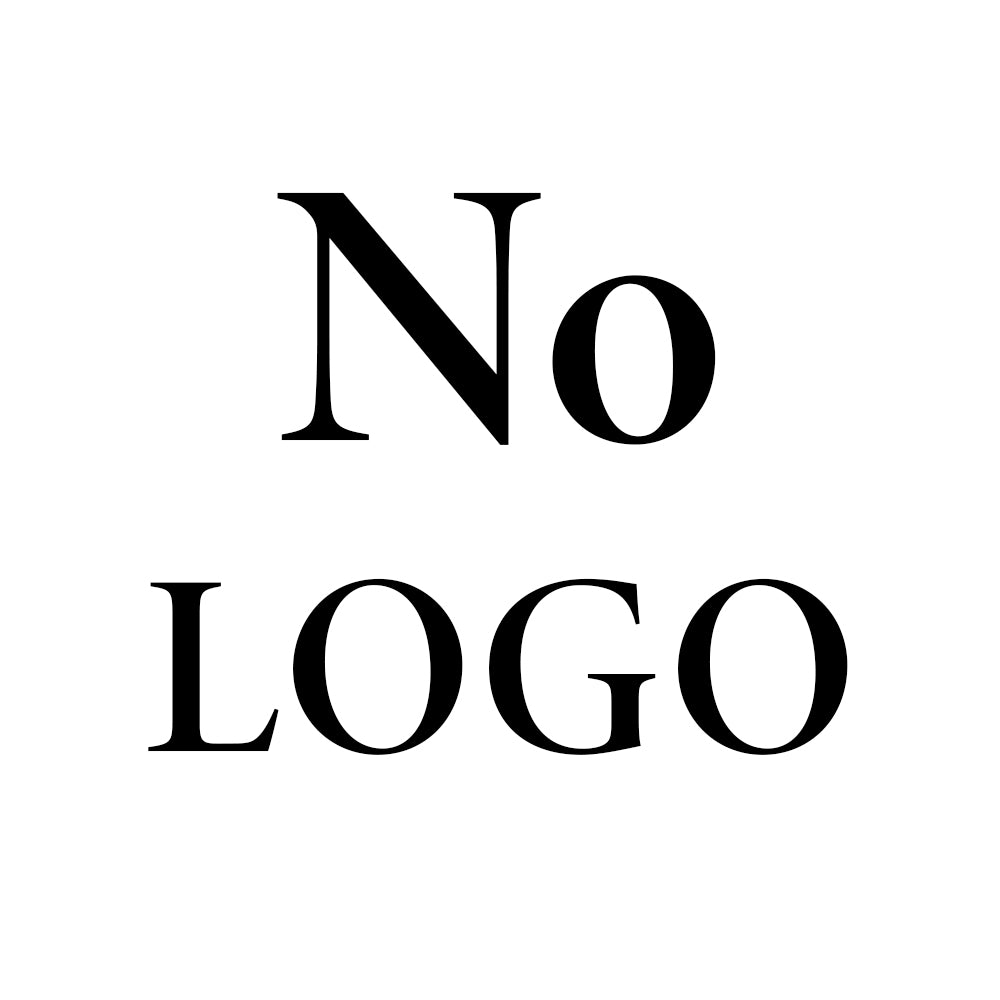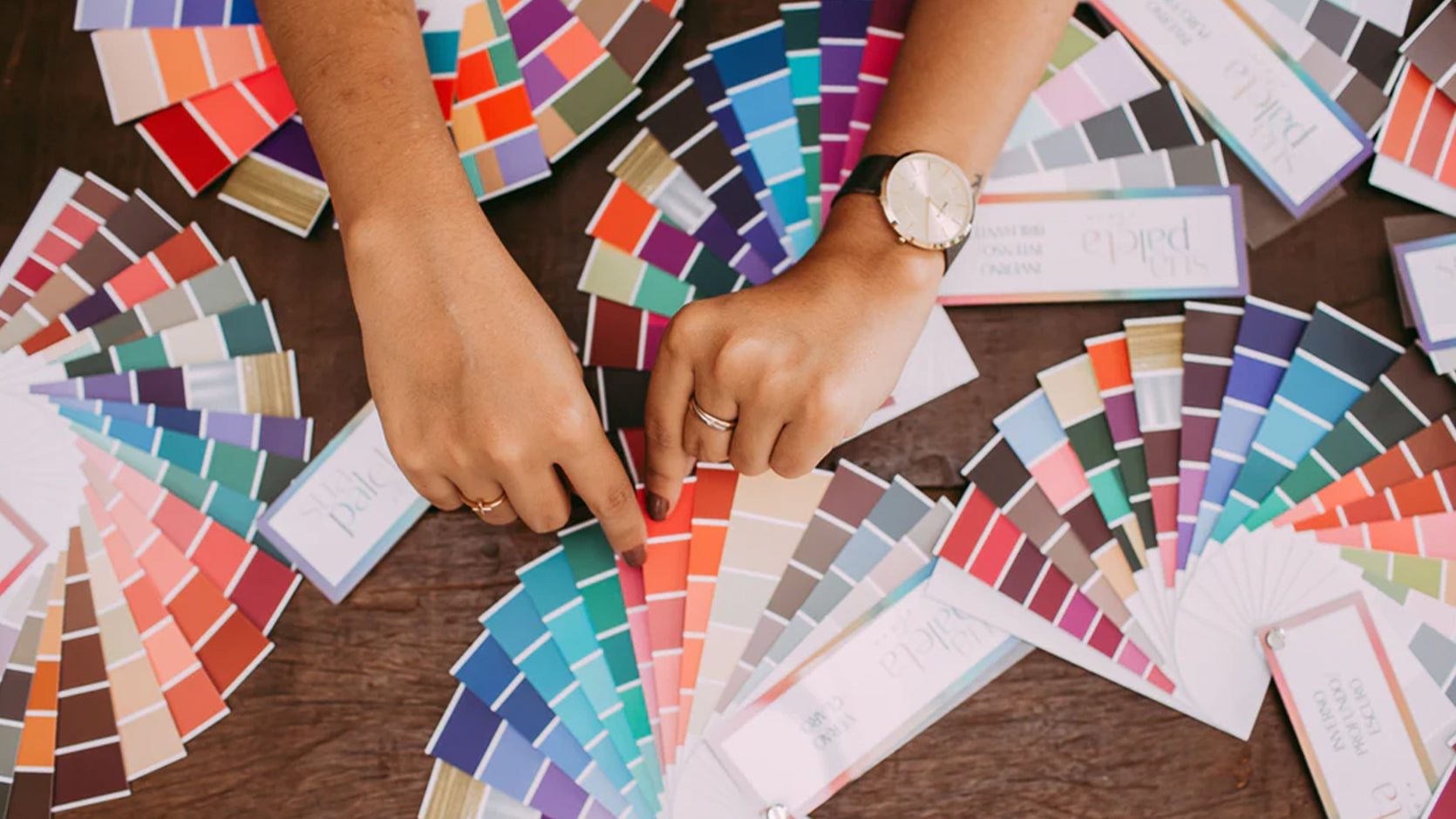Color Theory: What Embroidery Color Chart Items Go Well Together?
You've finally picked out the design you wanted stitched on your new company gear, and you now have to figure out the perfect colors. You pick several nice-looking ones, but you realize the colors don't seem to blend as you expected.
This is a common struggle for people! So if the hundreds of options in the embroidery color chart overwhelm you, you're not alone. Fortunately, this comprehensive article will guide you aptly, taking you through the principles of color theory, color-matching guidelines, and some valuable tips for achieving the best color combinations to level up your apparel.
What Is Color Theory?
This is essentially the art and design principle encompassing the ideas, applications, and rules that govern how designers use color schemes to deliver embroidery designs that appeal to the eye. These experts leverage the color wheel while referring to wide-ranging gathered knowledge about human beings' culture, psychology, and optical ability.
The color theory comprises three distinctive concepts necessary to create appealing visual elements and logical structures within your designs: color harmony, the color wheel, and color application.
History of Color Theory
Color theory has been part of the history of embroidery for longer than you can imagine. In ancient Greece, people assigned meaning to colors, and shiny white statutes and buildings still standing used to be flamboyantly painted. In 632 BCE, Aristotle wrote about color theory, and Leonardo DaVinci's 1490 notebook is filled with details about the effect of light and color.
Similarly, Isaac Newton's 1704 book "Optics" deeply defines the nature of primary colors. In fact, Newton created the color wheel as we know it. Moreover, German philosopher Goethe wrote about the nature of color and its impact on perception and mood. Today, well-researched designers understand how to achieve a certain feeling using color theory, and you can use the same knowledge to create the perfect embroidery designs for different settings.
Color Terminology You Should Learn
Before getting into detail on leveraging color theory to design the perfect, eye-catching designs, you must familiarize yourself with some crucial terminologies. Let's explore!
- Three parts of color theory – Color theory follows a three-dimensional structure where every color comprises value, hue, and Chroma/saturation.
- Hue – This refers to a color's attribute by virtue of which it's discernible, reliant on its dominant wavelength, and independent of lightness or intensity. It's simply the color's position on the color wheel.
- Tint and Shade – Tint refers to a specific color plus white, while the shade combines color with black.
- Tone – This broad term describes a color that is neither a pure hue nor white or black. Consider it a color that's grayed down.
- Saturation or Chroma – This defines how vivid, rich, or intense a color is.
- Value – This is how dark or light a color is on a black-white scale
- Color wheel – A circle comprising multiple colored sections displaying the relationship between colors
How to Use Color Theory for Embroidery?
There's no correct way to choose base colors and accent colors. In fact, it's unwise or difficult to stick to the fast and complex rules when paying attention to abstracts like brand identity. Still, several tried and tested practices can help you create color pallets that work well together. These include:
Prioritizing Complementary Colors
This entails working with colors opposite each other on the color wheel. For instance, orange sits right across from blue on the wheel, making them complementary to one another. You'll achieve an aesthetically pleasing design project when you pair complementary colors.
Harmonious Color Schemes
Also called analogous colors, the term refers to a group of embroidery thread colors (three to five) sitting adjacent to each other on the color wheel. They're almost similar, and you can use the combination to create a decorative embroidery design. For instance, yellow, orange, and red are analogous colors. Combined, the dominant hue will be red, orange becomes the supporting hue, and yellow will be considered the design's accent.
Monochromatic Color Schemes
This is the easiest to figure out. When you go for this color scheme, it means you'll play with the shade, tones, hue, and tints of a single color in the same project. While most people prefer sticking in the mid-tone range, a wide range of tones and shades can bring your design to life.
Our Favorite Items for Embroidery
With numerous items to choose from, making the right decision with fabric can be difficult. But we'll narrow your search and make things easier for you. The following Thread Logic embroidery products can come through for you:
Gildan Heavy Cotton 100% Cotton T-Shirt
Cotton is among the best materials for embroidery, and that's why Gildan Heavy Cotton makes it to our list of favorite items for embroidery. Comprising up to 100% cotton, this casual t-shirt comes in different colors, which you'll pick based on your needs. It's the perfect option if you want something that'll have you looking your best, and its different sizes run true.
Here are the different color options with their respective cotton-polyester blend ratios.
- 5.3-ounce Gildan Heavy Cotton – 100% Cotton
- Ash – 99:1
- Sport Grey – 90:10
- Graphite Heather – 50:50
- Neon Blue – 50:50
Champion Double Dry Eco Crew Neck Fleece
Typically, pure polyester may not make a good fabric for embroidery. But combining it with cotton can result in a perfect product, as evident in the Champion Double Dry Eco Crew Neck Fleece. Weighing nine oz., this product sports a 50:50 cotton and polyester combination, with the synthetic component made from recycled plastic bottles. So you'll have excellent fabric for embroidery and, at the same time, play your part toward a greener world.
The trademark "C" logo is on the left cuff, and the sizes run true like any Thread Logic product.
Port Authority Two-Tone Shopping Tote
Last on our list is the Port Authority Two-Tone Shopping Tote, a perfect item for embroidering your logo. With this product, you'll have your brand out there in full display on a product that constantly leaves the closet. Every time someone is on their shopping endeavors, they'll exhibit your company logo on your behalf–talk about free marketing.
The carrier comprises 100% cotton twill weighing about three-quarters of a pound and a canvas bottom. It's also sizeable, measuring 14 inches wide, 14.5 inches high, and 5.5 inches deep.
Get Customized Embroidered Apparel with Thread Logic
As you still learn to use color theory to design impressive embroidery, nothing should stop you from donning that desirable design you've longed for. Besides apt guidance to help with your next project, Thread Logic also serves customized embroidered items to suit your branding needs.


